Melkus RS 1000 - The Socialist Supercar #blogpost
Some of you may have heard of the Elise-base sports car with the funny name and the ludicrous price tag. But did you know that this surely wasn’t the first car of the manufacturer?
Some of you may have heard of the Elise-base sports car with the funny name and the ludicrous price tag. But did you know that this surely wasn’t the first car of the manufacturer? The Melkus originally was developed in 1968 by the former racing driver Heinz Melkus as a celebration for the 20th anniversary of the GDR. RS stood for Rennsportwagen, racing sports car in English. But it was harder than expected. While the industry was allowed to produce pretty much anything they wanted in West Germany, East Germany had a planned economy - and a sports car was not considered neccessary and thus wasn’t planned by the State Council.
Organ Donation
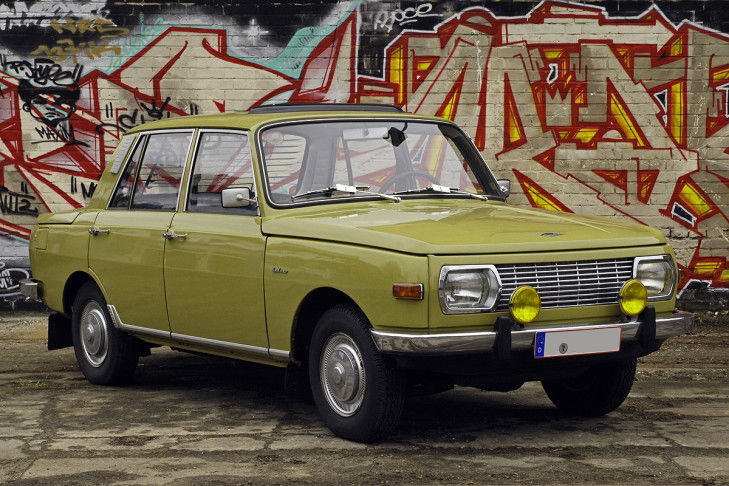
The vast majority of the car came from the Wartburg 353, a car of the upper middle class in the GDR. The engine, a three-cylinder two-stroke engine, originally had a power of just 50 bhp, obviously not enough for a race car. By using classic tuning strategies and two-stroke magic, the power could be increased to 70 bhp for the road version. To increase the compression, a cylinder head of the Barkas van was installed. A triple carburettor from MZ, a motorcycle maker, was used. This was enough for a top speed of 165 km/h - just over 100 mph. Using a racing-grade carburettor, power outputs of up to 100 bhp could be achieved, which lead to a top speed of over 210 km/h (130 mph). Pure science fiction back then.
This was, however, only possible by adding a fifth gear to the standard Wartburg transmission. This gear was simply flanged to the transmission and to engage the gear, the gearstick had to be moved from the back right (4th gear) through the whole gate to the back left. Reverse gear? Not neccessary.
Another problem was the steering wheel. There were no sports steering wheels in the GDR, and using a normal Wartburg steering wheel wasn’t an option. The solution: a steering wheel of a boat was installed. Parts like the door handles and the side windows could be taken 1:1 from a Wartburg. Rear lights came from a caravan.
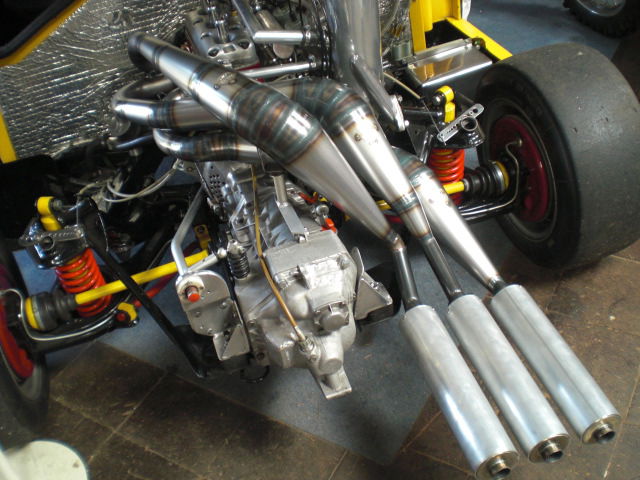
Body Works
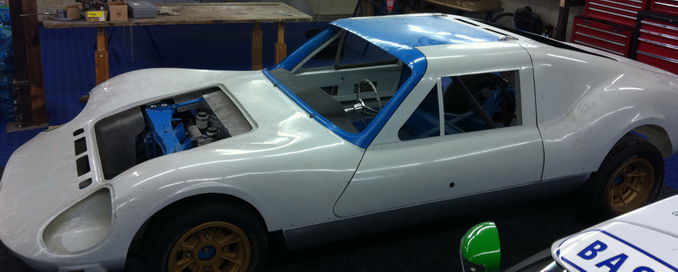
The body consisted of glass fibre reinforced plastic and aluminium. Aluminium wasn’t that expensive in the GDR, but it was very hard to handle with the technology of that time. It could not be welded easily, so only a few parts were metal. The empty weight was just 750 kg for the road version and 680 kg for the race version (a standard Wartburg was 950 kg). The load capacity was just 200 kg including passengers. So bad news for the… well… corpulent persons. Not only you won’t get in, you’ll also have to decide between your wife and your luggage. The boot is tiny anyway, so that shouldn’t be a hard choice.
I Want One!
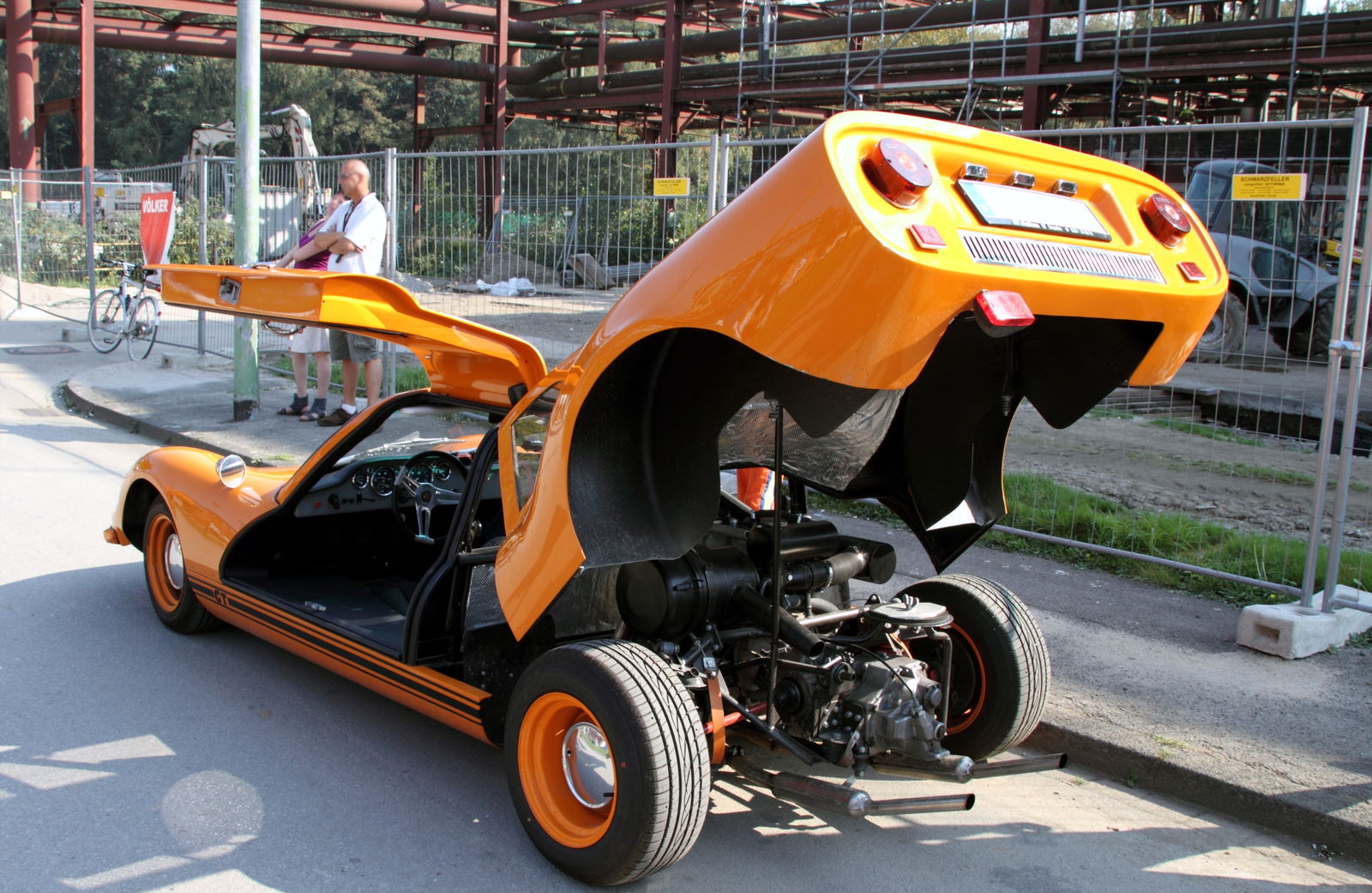
Well, obtaining one wasn’t easy. The base price was 30000 DDR-Mark - three times the price of a Trabant 601, this was basically unaffordable. You had to wait about 10 years for a Trabant, but only 2 years for a Melkus… given you have the money. Many people wanted one, but only very few could even come close to affording one. The Melkus wasn’t sold by Melkus. It was sold by the German Motor Sports Association, and you could only ever get one if you could show a race driver’s licence. The Rennsportwagen indeed was only sold to Rennsportfahrer.
Below you see a small gallery of the chassis number 001, the first Melkus RS 1000 ever produced. It’s now property of the Melkus family.
The acceleration was never actually disclosed by Melkus, but taking a stopwatch, values of about 15 seconds to 100 km/h could be measured. Now this is objectively a bit sluggish, but it feels very fast. With an interior loudness of almost 90 dB in the road version, it was basically hell on wheels.
Safety? Nope. The body was, despite its size, incredibly prone to crosswind and flick oversteer was the order of the day. No airbags, no ABS, and the brake distance from 100 km/h are ludicrous 57 m, but who cares? It’s beautiful, it’s loud and it’s totally irrational to drive it on the road. And aren’t it exactly these cars we love?
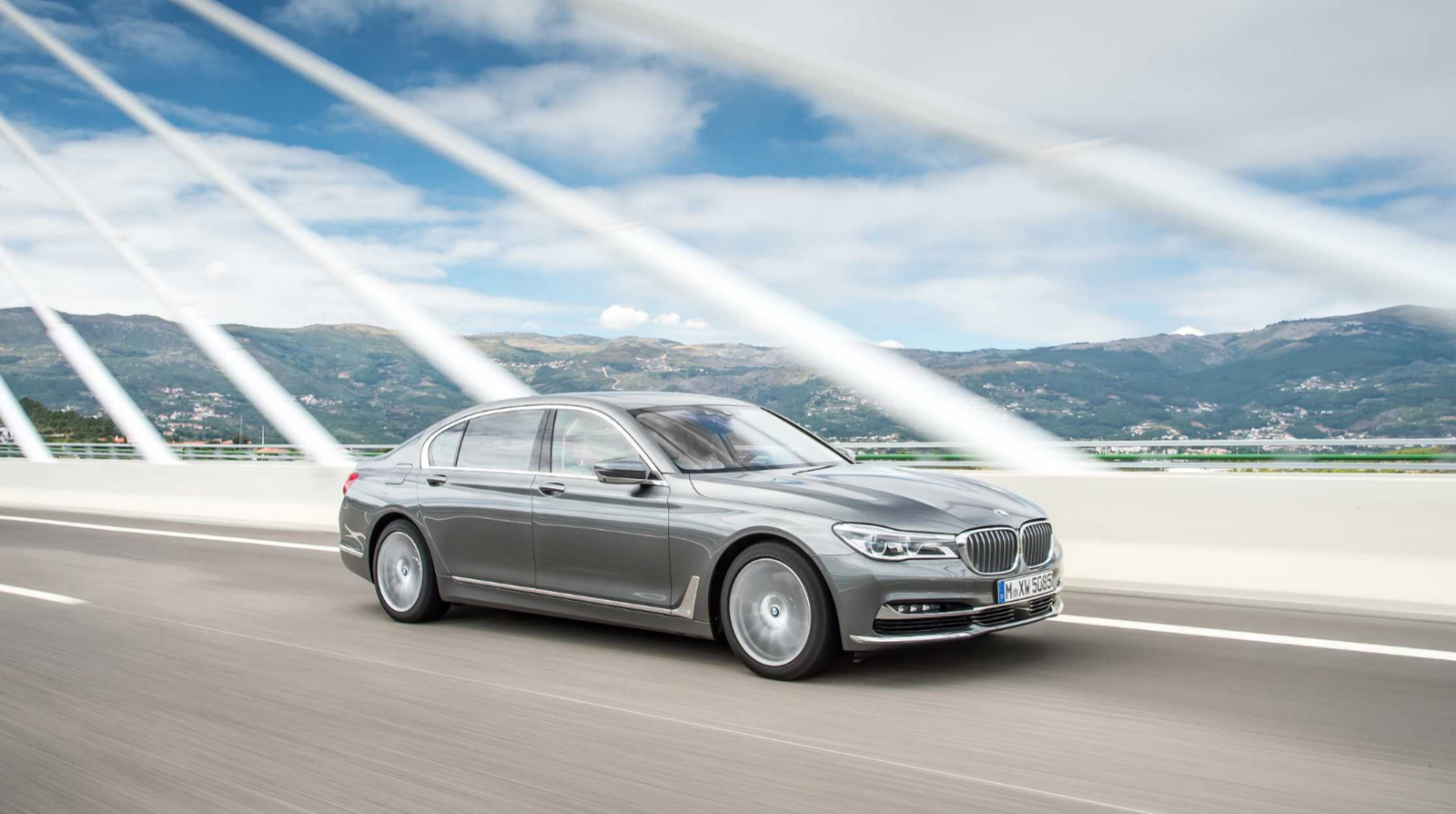
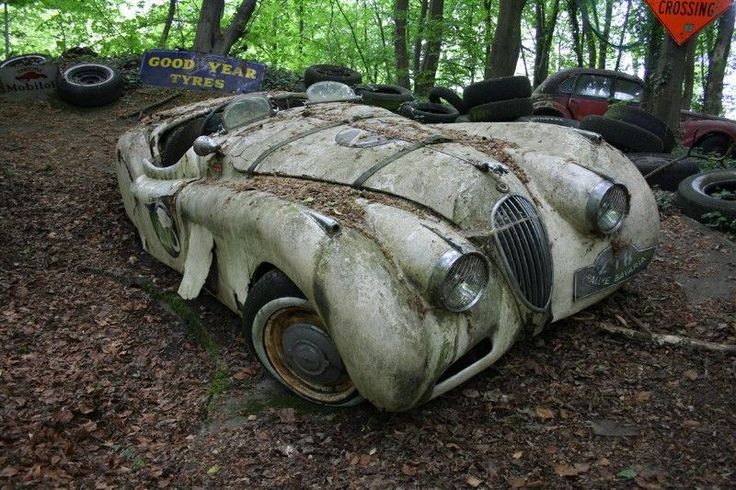












Comments
German Engineering, Catfish Styled!
Bernie Sanders, the socialist supercar
We need a Wartburg/Trabant comunity on CT
Good article m8
Pagination